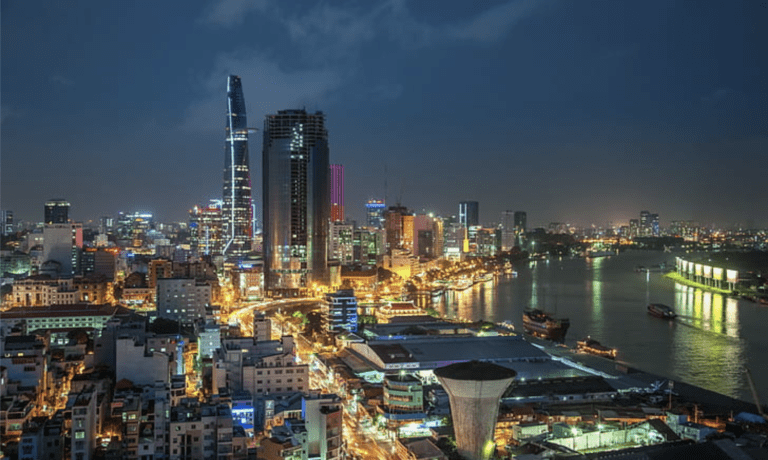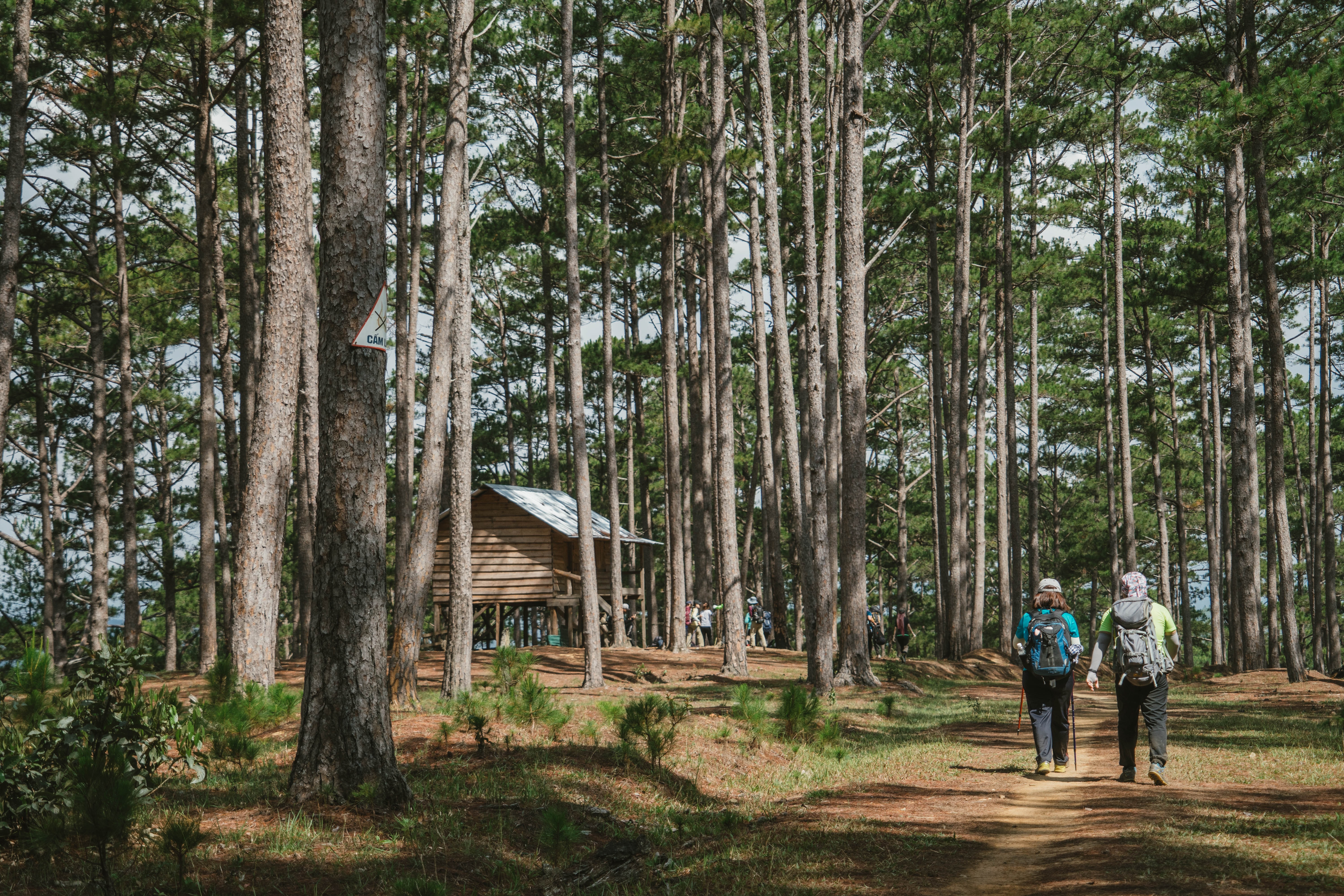Would you like to travel to the magnificent nation of Vietnam? Despite your diverse backgrounds, you are about to enter a nation with a rich cultural diversity. Specifically, you’ll learn a lot about cultural differences while traveling like a local. Some of them are plain to see, while others are subtle and call for your attention to notice.
From the past to the present, the two areas of North and South, Hanoi and Saigon, have each developed distinctive cultural characteristics that have made them proud of their own locals. For individuals who are traveling north or south for the first time, these are also “headaches.”
However, after being in touch with international visitors to the North and South a few times, this difference will spark their curiosity and love for exploration. Are you trying to find knowledge on Vietnamese culture that would be helpful to tourists? Let’s go through some incredibly fascinating distinctions between the two cultures of the North and the South Vietnam:
1. Language – the cultural difference you might find out easily
Vietnam’s primary language is Vietnamese, but regional and local differences in pronunciation and vocabulary exist. Sometimes it’s difficult for northerners and southerners to comprehend one another because of the varied words, phrases, and phonetics they employ.
South Vietnamese only has five tones, whereas North Vietnamese has six. Accents vary as well; the North tends to speak with a higher-pitched accent with a more variable delivery. The accent of the people in the South is more uniform. One of the most well-known areas of vocabulary divergence is the fact that a word like “tea” might have entirely distinct meanings in the two regions.
You will be perplexed if southerners wish to advise you to “turn right” (rẽ phải) but pronounce it “cheap” (rẻ). Not only do outsiders experience this when they visit Vietnam, but many locals also do when conversing with other Vietnamese who are from a different location.
Do you want to know the reasons?
The history of topographical features and the mixture of immigrant ethnic groups is extensive. They mixed Vietnamese with their own tongues, gradually giving rise to regional dialects. Additionally, individuals in the North speak both Vietnamese and Sino-Vietnamese, but South Vietnamese people today primarily speak Vietnamized terms.
2. Coffee and tea
Without iced coffees, life in the South would come to a screeching halt. Robusta beans, or black beans with copious amounts of sugar, are thickly combined with condensed milk to provide delicious reprieve from the oppressive heat.
Coffee is plentiful, stronger and better in the south, but harder to find in northern Vietnam. The quality of the coffee can decline in the north, with the exception of the high-quality coffee served in Hanoi. Many people from the north would pick a cup of tea over anything else.
Although tea is widely available throughout Vietnam, the northern regions are where one of the country’s favorites, fresh leaf green tea, is most popular. The tea is served hot, tepid, and warm in the north. Additionally, as you travel from north to south in Vietnam, the types of tea alter. In the central highlands, for instance, pandan, lotus, and artichoke leaf are popular, however in the northern regions, this transforms to a bitter, green tea.
In the south, iced tea is the traditional serving method. This will probably resemble a huge jug of fragrant jasmine tea with a substantial piece of ice. Ice tea is the ideal way to stay cool on muggy, steamy days in the South.
We believe that the regional soil and climate can account for the cultural disparity. The North’s climate is ideal for growing tea, whilst the Central and Southern regions are ideal for cultivating coffee trees. Since it was difficult to trade commodities between regions a thousand years ago, the locals simply became accustomed to drinking whatever was available. People started doing it every day as time went on.
3. Alcohol (high spirit and beer)
Alcohol use varies between North and South Vietnam. While the North enjoys drinking rice liquor, other regions choose beer, namely lager. Even if consuming those goodies is not a healthy idea, it is a highlight of Vietnamese traditional culture in some ways.
Every time they attend a party, such as a wedding, reunion, wedding anniversary, birthday, or farewell, you will witness residents drinking alcohol. For some folks, a wonderful lunch is impossible without a cup each day.
The rice wine is a definite indicator that you are in northern Vietnam (also referred to as rice liquor). Rice wine is a drink that is produced from fermented sticky rice with a variety of exotic plants and flowers from the jungle. In the northern highlands, this beverage is quite popular and frequently eaten, much like tea. This alcoholic beverage has a lengthy history of being brewed in locals’ homes and has a rich cultural heritage. Even though it can be hit-or-miss, there are many opportunities to sample foggy rice wine while staying in a local homestay or simply traveling through the area and passing a local town or farm.
The preferred alcoholic beverage in the South is beer, specifically lager. The south is rife with Vietnamese brands like 333, regional behemoths like Tiger Beer, and generic Western brands like Heineken.
4. Vendors
You can learn more about the daily Vietnamese local lifestyle by traveling the entire length of Vietnam. Street food and vendors are prevalent in this nation. The seller is present at all times and on every corner of the street. You can purchase a variety of products from them, including snacks, street food, fruits, and even fresh veggies.
In contrast to the south, street food is less common in the north. No matter how small or remote a town may be in the south, there are usually a lot of street food sellers along the streets in the mornings and the afternoons. Small northern towns, where there is less access to street food, do not have this problem. In highland settlements, this is especially true. A Luoi is the first place where the absence of street sellers on a recent south-to-north journey is observed. Furthermore, the variety is not as wide as it is in the south, even when there are many food establishments.
5. Flavors in food
Northerners always prefer frugal, light and a little sour food of crocodile fruit, tamarind. There is reciprocity between the spices, and they are moderately tempered. Northern meals always have a very natural flavor since they place a lot of emphasis on spices like chile, lemongrass, and pepper that aren’t overly hot.
Southern food frequently has a richer flavor than northern food. The distinctive flavors of southerners include not only sweet and fatty foods, but also sour foods that are seasoned with sour spices to the face and bitter foods that are as bitter as honey. To “blow and eat,” the dish itself needs to be hot.
For this discrepancy, there are many different opinions originating from many different people. Due to the unique customs, cultural traits, and culinary cultural practices of each region, or simply because of those conditions. However, in general, historical events and environmental circumstances are at the center of most viewpoints.
6. Dipping sauce (fish sauce)
Even while each location has unique traits, all share the same elements of Vietnamese cuisine, which must include family dinners and bowls of fish sauce. Whether in southern, central, or northern Vietnam, fish sauce is a component of every meal. However, depending on the country’s region, fish sauce can have a different flavor. For instance, compared to other places, the sauce in the north is more likely to be a salty fish sauce rather than a sour or sweet sauce. The purest version of this condiment is frequently considered to be the salty kind.
When consuming snail-related foods in the South, such as boiling snails, steamed clams,… or duck salad or boiled duck, ginger fish sauce is frequently used. Ginger, chile, and finely chopped garlic combine to produce a spicy flavor from basic, warming ingredients, and the perfume of ginger piques everyone’s taste senses.
When eating snails, the North frequently prepares a ginger fish sauce that sets it apart from other regions, like the South. Northern snail dipping fish sauce is rich in the perfume of lemongrass, and its sweet, spicy, and sour flavor highlights the naturally sweet flavor of the snails. This dipping sauce is not just used with cooked snails; it may also be used with seafood dishes like shrimp, squid, and octopus, as well as being used to thoroughly soak chicken feet or pork ears.
7. Architecture
Pitched roofs and turrets are two characteristics of architecture that seem unique to north Vietnam. From Dong Hoi onward, a large number of common townhouses have pitched, tiled roofs; some of them are at such an angle that they create little turrets. The roofs in the south, however, are either flat or sloping slightly. Perhaps the remarkably intricate church architecture in the northern provinces has a bearing on the pitched roofs. Some of the churches, even in isolated, rural settlements, are incredibly extravagant: Disney-style structures with fairy-tale towers, domes, and architectural flourishes to rival the great Gothic cathedrals of Europe.
The North Vietnamese utilize palm leaves to cover their house roof, whereas those in the south typically use water coconut leaves, which is one of the differences in building a leafy house (nhà lá) in the country. Building methods, history, religion, location, climate, and the availability of local building materials are among the factors that contribute to the variety of dwellings. Particularly, some inhabitants view their tiny sailboats as homes and live on the river (they lack a genuine home on land).
8. Daily fashion
People frequently wear discrete costumes because the North is more subdued. Confucianism, which has influenced their thinking for thousands of years, is where that comes from. In the eyes of the elderly, it is improper to wear clothing that exposes a lot of skin, particularly for girls and women. Examples include crop tops, short pants or skirts, and lace tops.
Meanwhile, the Central and Southern fashion scenes frequently use numerous golden jewelry pieces to display their excessive affluence. They have more flexible fashion tastes. When visiting sacred locations like pagodas, temples, and churches, be mindful to dress appropriately.
Vietnamese people’s everyday attire is greatly influenced by their beliefs, traditions, climate, and history. When you learn that there are 54 different ethnic groups in our nation, you might be startled. Kinh is the biggest among them. Every ethnic community has its own distinctive attire and way of life. Vietnamese daily fashion is therefore very diverse.
9. Etiquette
More so than in the north, people in the south Vietnam are incredibly warm, welcoming, and receptive to visitors from other countries. However, sometimes this warmth and openness might be too much. Sometimes southern hosts are so thrilled to have foreign visitors that they extend an excessive amount of hospitality and make you feel completely at home. This is a lovely trait of southerners, and for many visitors to Vietnam, experiencing southern hospitality is a highlight of their trip. Most Southerners locals tend to smile easily with everyone, even though they are strangers or foreigners.
The hospitality, however, is more formal and constrained in north Vietnam. You need to let them know they can trust you through talking and interacting. After a few times, you will be able to crack their protective shell and see warm connections.
Conclusion
There are innumerable fascinating differences that give the two North-South regions of Hanoi and Saigon their own unique features. The region should differ due to its geographic makeup. Everyone has their own traditions, cultures, and even dialects, whether they be Hanoians, Saigonese, or residents of the Central or Western regions. We improve our communication skills by having a better understanding of the distinctive differences between places.
Do you want to learn more about Vietnam and get some FIT travel advice? There are many articles for you on our Xinchao blog! To create a suitable trip itinerary to Vietnam, keep reading and feel free to get in touch with us.


